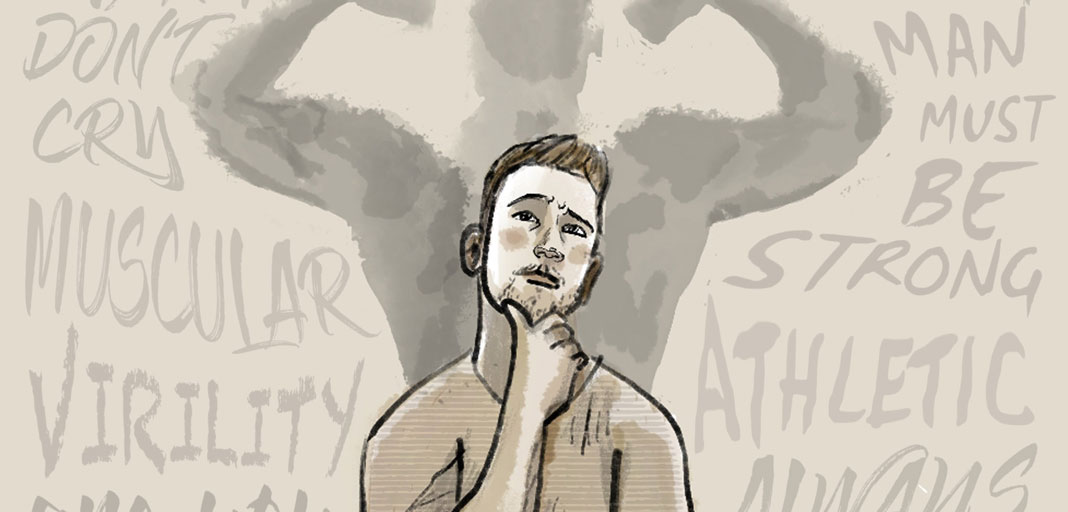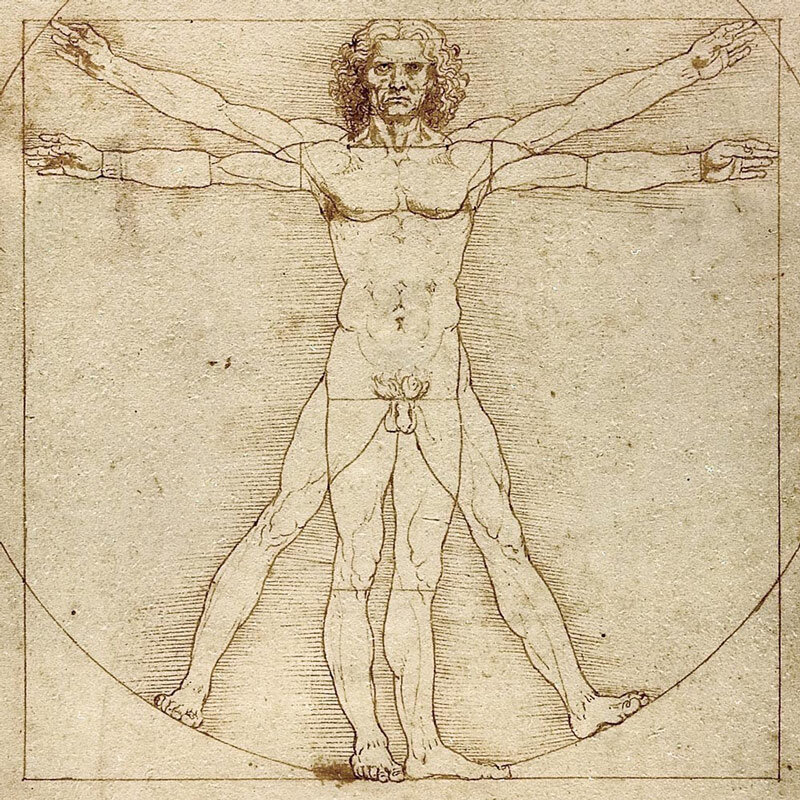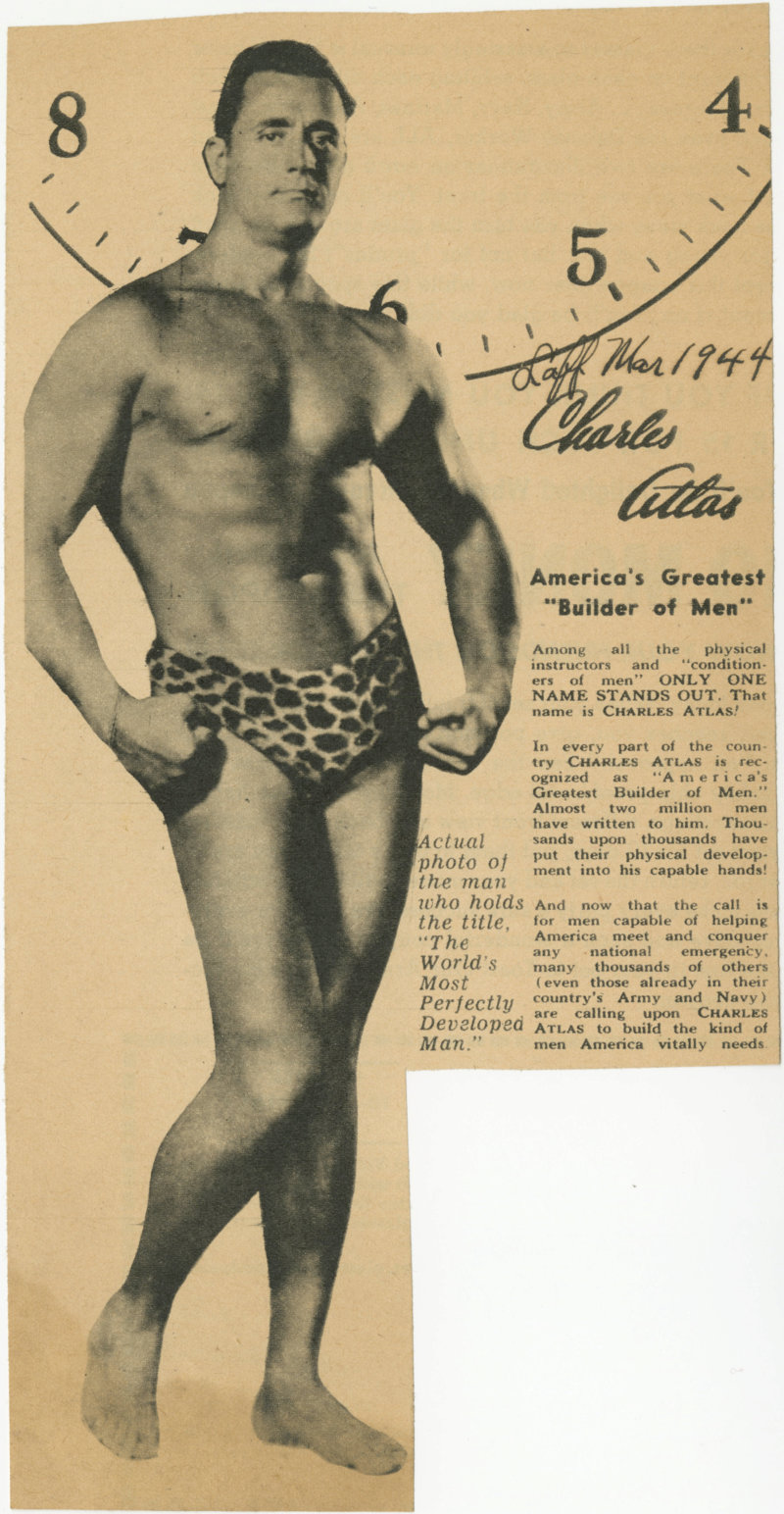
Idea – The Modern Virtruvian Man/Adolescence
I plan to create a photo book following the theme of masculinity and exploring the way in which most men naturally desire to be the “alpha” during their phase of adolescence. I want to highlight that the male body image pushed by magazines, reality shows and so called “experts” are largely unachievable and doesn’t just effect women, when I’d argue the matter affects men to the same degree. Thinks links to love and rebellion as I am trying to push for men to love themselves as their own rebellion towards their own bodies should come to an end.


The Vitruvian Man (a key inspiration for me project/photo book) is a drawing made by the Italian polymath Leonardo da Vinci in about 1490. It is accompanied by notes based on the work of the Roman architect Vitruvius. It demonstrates the ideal proportions based on science, maths and the golden ratio. The whole theme of the “ideal” body and body image is the perception of the aesthetics or sexual attractiveness of ones own body. It involves how a person sees themselves, compared to the standards that have been set by society, standards I both agree and disagree with. In order to tackle this, I will delve into the struggles men face on a daily basis in order to feel excepted in society, the need to fit a stereotypical mould that is the muscular, fearless, heroic type of male that has perfect proportions to which almost all men feel pressured or almost forced to fit into at some point in their lifetime. The book I hope will show struggles of adolescence in young males and insecurities brought up as a result, leading to me to also delve into the world of body dysmorphia, highlighting mental struggles brought up on body image associated with men which unfortunately often isn’t mentioned in main stream media and the likes. Furthermore, I will also explore gym culture and the taboo world of bodybuilding and the need to “better” ourselves and how many of us, (myself included) feel a great need to improve our body image and presentation towards others. I will also touch on lesser talked about topics such as steroids, sarms and other performance enhancing drugs that many men worldwide feel the need to abuse in order to fit that “mould” i mentioned earlier.

The reason for me exploring this theme and basing my photo book on it is because this is a topic I as well as many other men are or were deeply affected by at some point during adolescence, which means by having so much emotion towards this topic and own experiences, I believe I will be able to create a better quality and more understanding final piece, utilizing skills learnt during my Zine and Film project previously made. All men at some point have strive for perfection in something, many in their own appearance, both mentally and physically. This need for perfection comes as a sort of validation, a purpose. I want to highlight these struggles but also highlight other struggles and negative mind thoughts men face during adolescence, the need to fit a certain mould, look a certain way, act a given way, and the aspiration to achieve certain things in order to prove to themselves that they are male. Is this necessary? Should men face these mental struggles? Or is it a natural part of life? What does it mean to be male? I will also explore the mental health aspect men face, as well as promoting self love and rebelling against the expectations of appearance on social media also being key themes in my photo-book.

What does it mean to be male? Being a man to me means being uniquely you. It means not being afraid to show the world who you are, exactly as you are. Being a man is never being afraid to show your emotions, to ask for help when you need it. More commonly however, it refers to your biological complexion, how you are made, your DNA makeup, which chromosomes you have, what genitalia you were born with and thus is a title you are assigned to at birth, unlike a man which is who you develop to become over many years of growth, both physically and mentally. Furthermore, being a male has a socially defined role, often to be the bread winner, the alpha, the protector, however, this can be argued isn’t always the case. Should males accept these roles? Is this the correct definition? What does the ideal male look like? What are the mental challenges adolescents face? I will explore this further throughout my project.


This potentially is a good idea but you need to develop it further with more research and analysis and find artists references to support your project. Look in the book Masculinities in school.
https://www.barbican.org.uk/our-story/press-room/masculinities-liberation-through-photography
https://youtu.be/PtAyyEPBd1I
Also look at my section on masculinity in my blog post here (halfway down)
https://hautlieucreative.co.uk/photo21al/2020/10/09/love-rebellion-part-3-art-activism/
Consider these questions
Key Focus Areas and questions in relation to the exhibition and the concept: MASCULINITIES
1. What does it mean to be male?
2. What overarching themes do you associate with the words masculine, masculinities or male? What would you classify as hegemonic (ruling) masculine values or traits, particularly historically – e.g. power, leadership, strength, dominance?
3. What would you say are the assumed norms of masculinity today? Think of examples of what breaks or subverts these norms and find examples in the exhibition.
4. Compare expectations and perceptions of masculinity through time, society and place – where are we now and where have we come from? Look at the variety of masculine identities encompassed, often complex or even contradictory, shaped by culture and society. In addition, you could consider the word femininities in just the same way and compare commonalities or differences.
5. How much are we conditioned by the society or culture in which we live, in terms of our gender identities? Consider gender expectations from birth onwards – what messages do we receive about who we are or are supposed to be and accompanying notions of equality? Do you feel there is still pressure put on young boys to be a certain way or to conform to some perceived gender norm?
6. Consider too, the word liberation in the context of the title – how and if photography is a liberating force for the subjects of the camera’s gaze
7. Do you think photography such as that seen in the exhibition can help to pave the way for new attitudes and choices? Discuss using examples you find in the exhibition.
I’ll bring in book on Robert Mapplethorpe and his images of the male body compared with Greek sculpture and ideal physique
Here a bit to read on the male gaze: https://www.theguardian.com/culture/gallery/2017/oct/28/robert-mapplethorpe-the-male-gaze-in-pictures